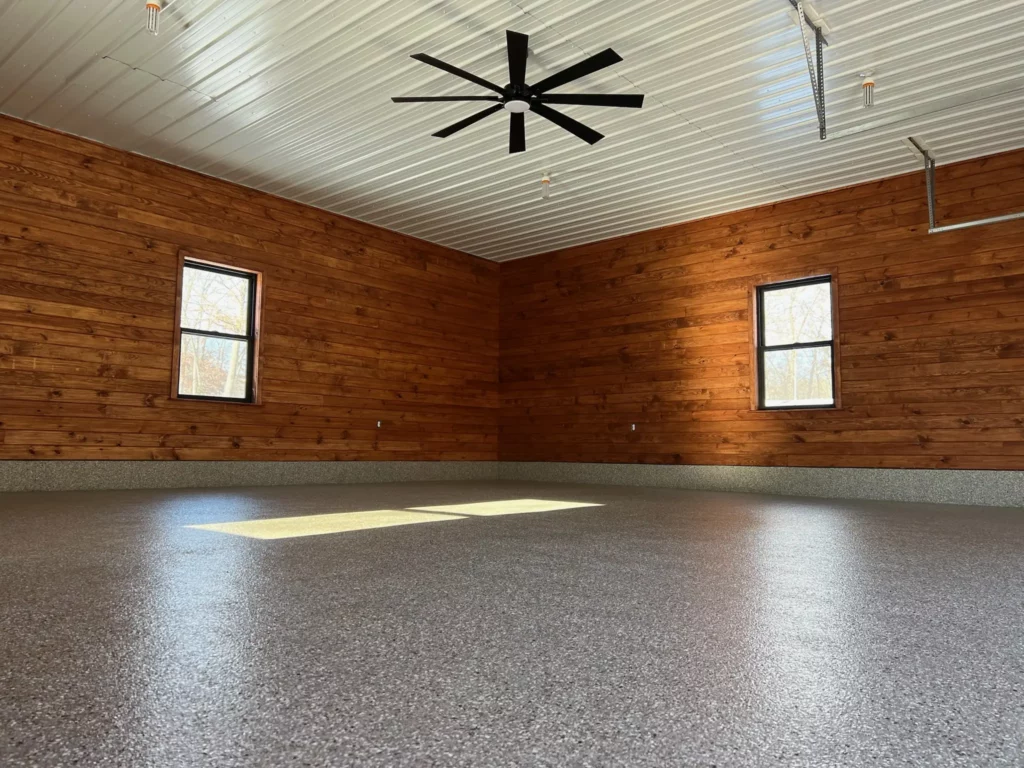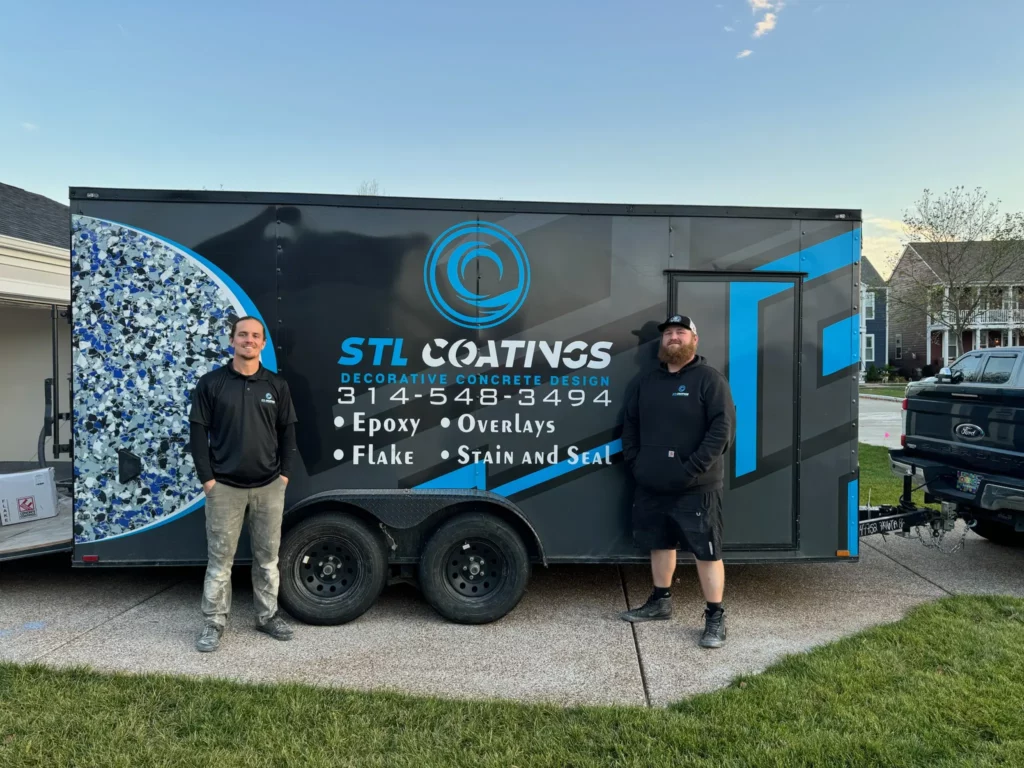Running a restaurant or commercial kitchen is no small feat. Between the constant foot traffic, inevitable spills, and the occasional plate that doesn’t quite make it to the table, your floors take a beating. Finding the right flooring solution is about more than aesthetics—it needs to be durable, easy to clean, and safe for both staff and customers. That’s where epoxy flooring comes in.
If you’re considering epoxy flooring for your restaurant or kitchen, STL Coatings has expert resources to help you determine if it’s the right fit for your space. Now, let’s dig into whether epoxy can handle the heat of the kitchen.
Why Flooring Matters in a Restaurant or Kitchen
Kitchens and dining areas are high-impact environments. In a single shift, your floors need to withstand:
- Heavy foot traffic from staff constantly moving between stations
- Spilled liquids, oils, and food debris
- Hot grease and cleaning chemicals
- The weight of commercial kitchen equipment
A good flooring solution doesn’t just survive these challenges—it makes life easier for your team by being safe, durable, and easy to maintain.

The Case for Epoxy Flooring in Restaurants
Epoxy flooring has been a go-to choice for commercial kitchens and restaurants for good reason. Here’s why:
1. Durability That Handles the Hustle
Restaurant kitchens are non-stop environments, and floors need to withstand constant wear and tear. Epoxy creates a seamless, impact-resistant surface that won’t crack or chip under pressure. Whether it’s rolling carts, dropped utensils, or heavy appliances, epoxy flooring holds up.
2. Slip Resistance for a Safer Workplace
Slip-and-fall accidents are a serious concern in any kitchen. Standard epoxy flooring can be slick when wet, but slip-resistant additives can be mixed in to create a textured surface that provides traction, reducing the risk of workplace injuries.
3. Easy to Clean and Sanitize
A restaurant’s flooring needs to meet strict health and safety codes. Epoxy’s seamless, non-porous surface makes cleaning up spills a breeze. Unlike tile, which can trap grime in grout lines, epoxy prevents bacteria and mold buildup. Daily mopping and occasional deep cleaning keep it looking spotless.
4. Resistance to Heat, Chemicals, and Stains
From hot grease splashes to harsh cleaning solutions, restaurant floors are exposed to all kinds of substances. Epoxy flooring is resistant to stains and chemicals, ensuring that grease and food spills don’t leave lasting marks.
5. Long-Lasting and Cost-Effective
When properly installed and maintained, epoxy flooring can last 10-15 years in a restaurant setting. Compared to other commercial flooring options, it’s an affordable investment that reduces the need for frequent repairs or replacements.
Potential Drawbacks of Epoxy Flooring
While epoxy flooring offers a lot of benefits, it’s not perfect. Here are a few things to consider before making your decision:
- Installation Downtime: Epoxy flooring requires multiple layers and curing time, which means your kitchen might need to be out of service for a few days during installation.
- Can Be Slippery When Wet: Unless you opt for slip-resistant additives, epoxy can become slick when exposed to water or grease.
- Not as Comfortable for Long Shifts: While durable, epoxy is a hard surface, which may not provide as much comfort for staff standing for long periods.
How Epoxy Flooring Compares to Other Restaurant Flooring Options
Epoxy vs. Tile
Tile is a common choice for restaurant kitchens, but grout lines can be a breeding ground for bacteria. Epoxy eliminates this issue with its seamless design. However, tile offers a classic look for dining areas, whereas epoxy is more functional for back-of-house spaces.
Epoxy vs. Polished Concrete
Polished concrete provides a modern, sleek appearance and is similarly durable. However, it lacks the chemical resistance and seamless nature of epoxy, making it more prone to staining in a kitchen setting.
Epoxy vs. Vinyl Flooring
Vinyl is a budget-friendly option with a softer feel underfoot, making it easier on staff who stand for long shifts. However, vinyl doesn’t hold up as well in high-heat, high-impact environments, making epoxy the better long-term investment.

The Local Connection: A St. Louis Favorite That Stands the Test of Time
Much like how a good flooring choice can support a restaurant for years, some eateries have stood the test of time by doing things right. Take Crown Candy Kitchen, for example. It’s been a St. Louis staple for over a century, serving up legendary malts and BLTs stacked higher than you thought possible. Just like a well-installed epoxy floor, Crown Candy proves that durability and quality never go out of style. And whether you’re running a modern bistro or a historic diner, having the right foundation—literally and figuratively—makes all the difference.
Final Verdict: Is Epoxy Flooring Right for St. Louis Restaurants?
For restaurant owners looking for a durable, sanitary, and cost-effective flooring solution, epoxy is a fantastic choice. It holds up under pressure, resists spills and stains, and helps maintain a safe working environment. While it may require some downtime for installation, the long-term benefits far outweigh the short-term inconvenience.
If you’re considering epoxy flooring for your restaurant or kitchen, STL Coatings can provide expert guidance and installation services to ensure you get the best solution for your space.
Because in the restaurant business, just like at Crown Candy Kitchen, the secret to success is having something built to last.
